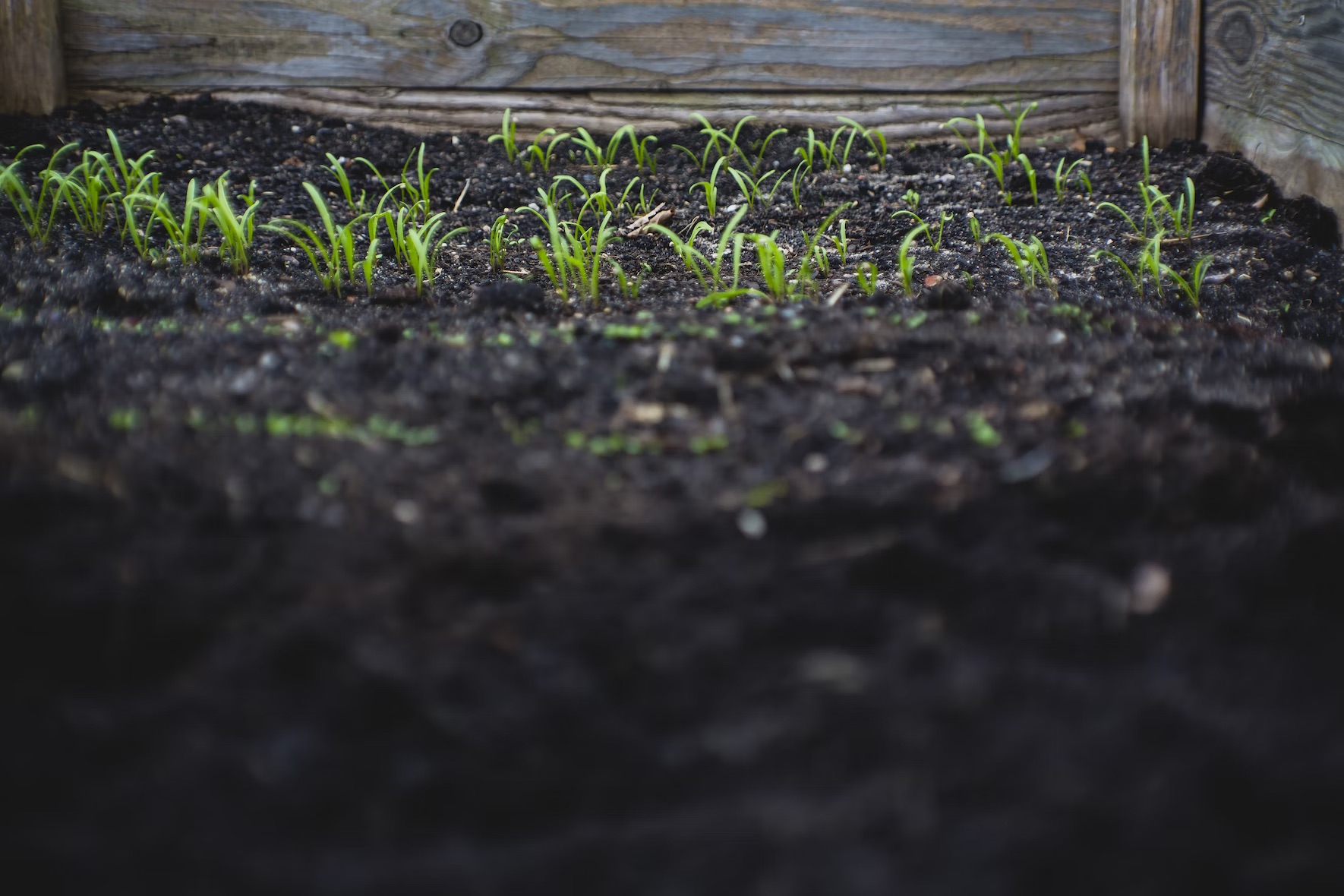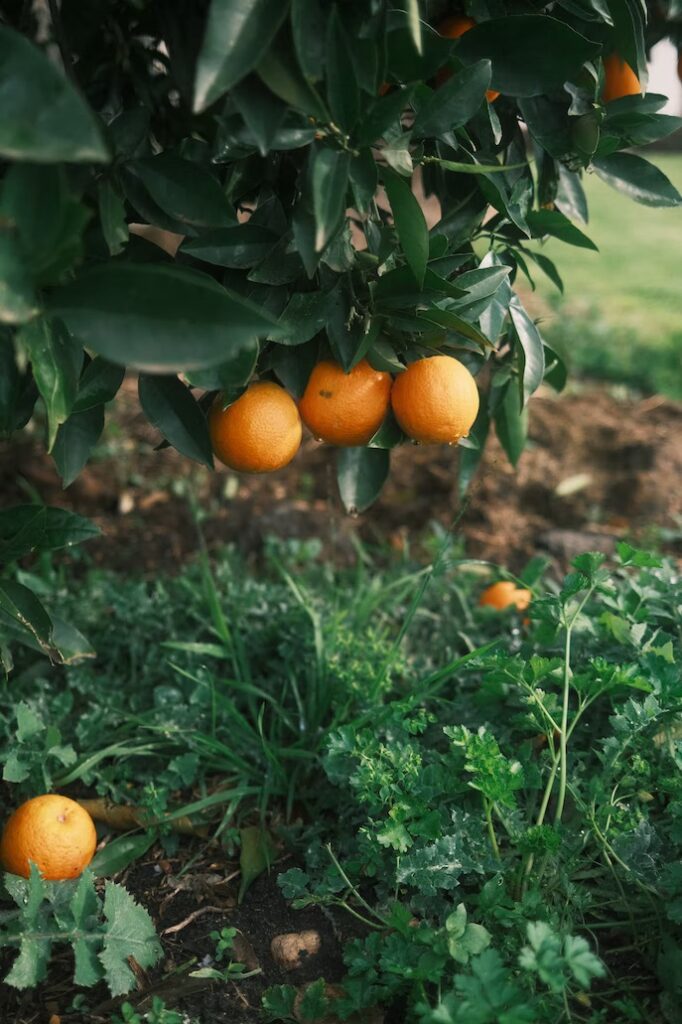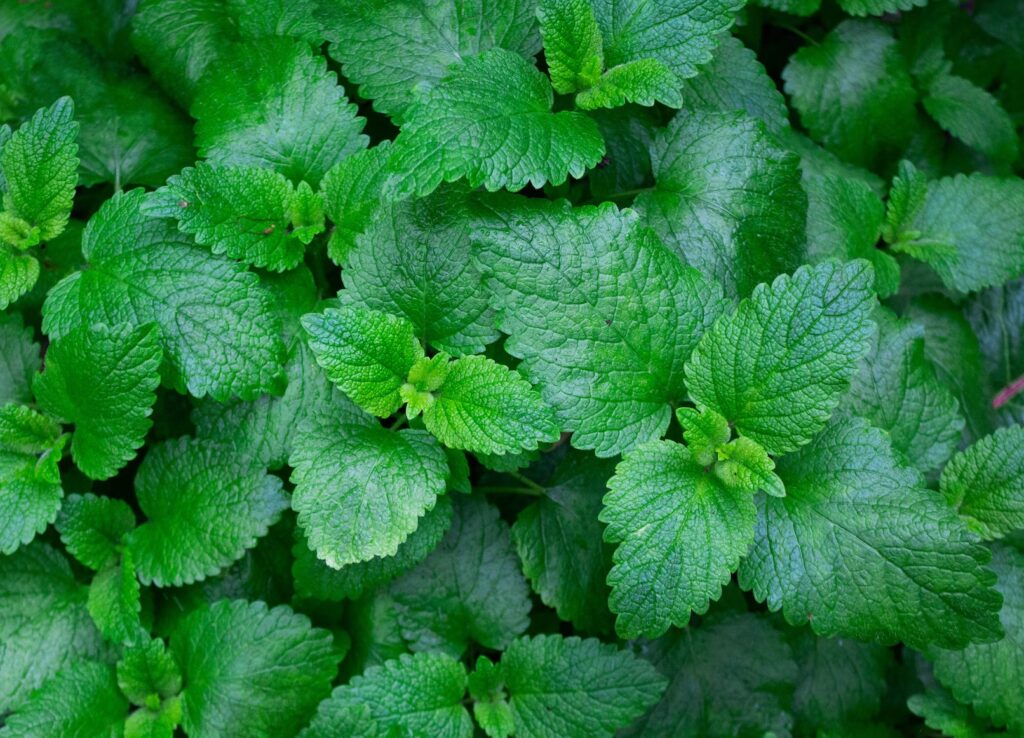Oranges are a delicious fruit that is enjoyed by people globally. Growing an orange tree in your backyard can be a rewarding and fulfilling experience. You will have access to fresh, juicy oranges, but you’ll also be able to enjoy the beauty of a lush and healthy tree. Whether you’re a seasoned gardener or a beginner, this guide will provide you with the information you need to successfully grow an orange tree.


Table of Contents
Tips to care for your orange tree
Caring for an orange tree requires attention to several key factors, including soil, water, light, temperature, and pruning. Here’s a guide to help you take care of your orange tree:
- Soil: Orange trees prefer well-draining soil with a slightly acidic pH between 6.0 and 6.5. If necessary, amend the soil with compost or peat moss to improve drainage and fertility.
- Water: Orange trees need consistent moisture, but be careful not to over-water as this can lead to root rot. Water your tree deeply once or twice a week, and make sure the soil has good drainage.
- Light: Orange trees need full sun to produce a healthy crop of fruit. Place your tree in a sunny location where it will receive at least six hours of direct sunlight each day.
- Temperature: Orange trees are warm-climate plants and prefer temperatures between 60°F and 85°F (approximately 15-29 degrees Celsius). They are not frost-tolerant, so be sure to protect your tree from cold snaps or freezes.
- Pruning: Pruning is an important aspect of orange tree care. Regular pruning helps to maintain the shape of the tree, encourages new growth, and removes dead or damaged branches. Prune your tree in late winter or early spring, before new growth begins.
- Fertilization: Orange trees benefit from regular fertilization. Use a balanced fertilizer, such as a 10-10-10 formula, in spring and mid-summer. You can also apply compost or composted manure to provide additional nutrients.
- Pests and Diseases: Orange trees are susceptible to several pests and diseases, including scale insects, mites, and citrus greening. Regularly inspect your tree for signs of trouble and take action promptly to prevent or treat problems.
Can you grow oranges from the seeds?
Yes, you can grow oranges from the seeds. Keep in mind that the seed-grown trees may not produce fruit that is identical to the parent tree. Also, citrus trees grown from seed are often hybrids. Additionally, seed-grown trees can take several years to reach maturity and begin producing fruit.
You can collect seeds from ripe oranges, making sure to remove as much of the pulp as possible. Rinse the seeds and let them dry for a few days. You can then fill a seed tray or pots with well-draining soil, and plant the seeds about an inch deep. Keep the soil moist, and place the tray or pots in a warm, sunny location. The seeds can take several weeks to several months to germinate, depending on the temperature and humidity. Keep the soil moist and be patient, as the seeds will eventually sprout.
Once the seedlings are several inches tall (approximately 5-10 centimetres), they should be transplanted into larger pots. Choose a location that gets full sun and has well-draining soil. Once the tree is established, water it regularly and fertilise with a balanced fertiliser. Protect the tree from cold snaps or freezes, and prune it regularly to encourage healthy growth.


How long does it take for an orange tree to bear fruit?
The time it takes for an orange tree to bear fruit varies and is dependent on several factors. These include the variety of the orange tree, growing conditions, and care. Generally, most orange trees will produce fruit within 3 to 5 years after being planted. Some trees may produce heavy crops of fruit each year, while others may have lighter crops or alternate-bearing patterns.
However, some trees may take longer to begin fruiting, and some may begin fruiting sooner. Dwarf orange trees, for example, may begin producing fruit within 2 years, while larger trees may take 5-8 years or longer. To encourage fruiting, be sure to provide your orange tree with adequate light, water, and nutrients. Prune the tree regularly to maintain its shape and encourage healthy growth, and protect it from cold snaps or freezes.
Can I grow orange trees indoors?
Yes, you can grow orange trees indoors. Orange trees are well-suited to indoor growing as they are relatively small and have attractive glossy leaves. They can also produce fragrant white flowers and juicy oranges.
However, growing an orange tree indoors requires a few special considerations, including:
- Light: Orange trees need bright, direct sunlight to grow and produce fruit, so choose a location near a sunny window or provide additional artificial light.
- Potting Soil: Use a well-draining potting mix that is specifically formulated for citrus trees, or make your own by mixing equal parts of perlite, sand, and peat moss.
- Pot Size: Choose a pot that is large enough to accommodate the tree’s roots, but not so large that the soil stays too moist. A pot that is 12-16 inches in diameter (approximately 30-40 centimetres) should be adequate for most dwarf orange trees.
- Watering: Water your orange tree regularly, but don’t let the soil get too wet. Allow the top inch of soil to dry out before watering again.
- Humidity: Orange trees prefer a humid environment, so you may need to provide additional humidity, such as misting the leaves or using a humidifier.
- Fertilizing: Fertilize your orange tree regularly with a citrus-specific fertilizer, following the manufacturer’s recommendations.
By following these steps, you can successfully grow an orange tree indoors. Just keep in mind that indoor growing conditions can be challenging, and you may need to provide additional care and attention to keep your tree healthy and thriving.

What organic fertilisers can I use for orange trees?
When using organic fertilisers, it’s important to follow the manufacturer’s recommendations for application rates and to be mindful of the overall nutrient balance in the soil. Overfertilising with organic fertilisers can be just as damaging as overfertilising with synthetic fertilisers, so be sure to monitor your trees and adjust your fertilizer application accordingly.
Organic fertilisers can be used for orange trees, these include:
- Compost: Compost is an excellent organic fertiliser for orange trees. It provides a balanced supply of nutrients, including nitrogen, phosphorus, and potassium, and can improve soil structure and fertility.
- Blood Meal: Blood meal is a high-nitrogen fertiliser that can be used to encourage leafy growth in orange trees. It should be applied in moderation, as too much can burn the roots of the tree.
- Fish Emulsion: Fish emulsion is a liquid fertiliser that is high in nitrogen and other essential nutrients. It can be used as a foliar spray or applied to the soil.
- Bone Meal: Bone meal is a slow-release phosphorus fertiliser that can help promote root growth and improve fruiting in orange trees.
- Kelp Meal: Kelp meal is a natural fertiliser derived from seaweed that provides a balanced supply of nutrients, including nitrogen, phosphorus, and potassium, as well as trace minerals and hormones that can encourage healthy growth in orange trees.
- Vermicompost: Vermicompost is compost that is made by worms and is rich in nutrients, including nitrogen, phosphorus, and potassium, and beneficial microorganisms.

How often should I water an orange tree?
Orange trees will need to be watered once or twice a week, depending on the conditions. If you’re not sure if your tree needs water, it’s better to err on the side of caution and wait a day or two before watering again. Overwatering can lead to root rot and other problems, so it’s important to find the right balance for your tree.
The frequency of watering an orange tree depends on several factors, including the size of the tree, the soil type, the climate, and the time of year. It is also important to keep the soil evenly moist, but not waterlogged. To check the soil moisture, stick your finger about 2 inches into the soil (approximately 5 centimetres). If it feels dry, it’s time to water. If it feels moist, wait a day or two and check again. In hot and dry climates, orange trees may need to be watered more frequently. While in cool, wet climates, they may need to be watered less often. Orange trees will generally need more water during the growing season, which is typically from spring to fall (autumn). During the winter, when the tree is dormant, you can reduce the frequency of watering.
How often should orange trees be pruned?
Pruning is an important part of orange tree care, as it helps to shape and maintain the tree’s form, promote healthy growth, and increase fruit production. The frequency of pruning depends on the age and size of the tree, as well as your desired growth habit and the climate.
Young orange trees are pruned regularly to encourage branching and to establish a strong framework. Pruning is done several times a year, with the most significant pruning taking place in late winter or early spring.
Mature orange trees typically only need to be pruned once or twice a year. The most significant pruning taking place in late winter or early spring. Pruning at this time helps to remove any dead, diseased, or damaged wood, and to shape the tree as needed. In hot, dry climates, it’s best to prune orange trees during the cooler months to reduce the risk of stress and water loss. In colder climates, pruning can be done in the warmer months.
It’s important to prune orange trees properly to avoid damaging the tree or promoting disease. Start by removing any dead, diseased, or damaged wood, then remove any crossing or crowded branches to improve air circulation and light penetration. Finally, shape the tree as desired, making sure to keep the overall form balanced and symmetrical.
If you’re not confident in your pruning skills, consider consulting with a professional arborist for guidance and advice.

How to protect an orange tree from pests and diseases
Protecting an orange tree from pests and diseases is an important part of orange tree care. Here are some tips for keeping your tree healthy:
- Proper Cultural Practices: Maintaining proper cultural practices, such as watering, fertilizing, and pruning, can help to keep your orange tree healthy and less susceptible to pests and diseases.
- Clean up Debris: Regularly removing fallen leaves, fruit, and other debris from around the base of the tree can help to reduce the risk of pest and disease problems.
- Monitor for Pests: Regularly inspect your orange tree for signs of pests, such as holes in leaves, sticky residue, or discoloured fruit. If you notice any signs of pest problems, take action promptly to control the infestation.
- Use Companion Planting: Consider planting companion plants, such as marigolds or basil, near your orange tree. These plants can help to repel pests and improve the health of the soil.
- Natural Pest Control: Encouraging natural predators, such as ladybugs and lacewings, can help to control pests in the garden. You can also use natural pest control methods, such as insecticidal soap or neem oil, to control pests on your orange tree.
- Fungicide Sprays: If your orange tree is prone to fungal diseases, such as Alternaria or Canker, consider using fungicide sprays to control the disease. Fungicide sprays should be applied by the manufacturer’s recommendations.
If you’re unsure how to identify or control pests or diseases on your orange tree, consider seeking the help of a professional arborist or horticulturist. By following these tips, you can help to protect your orange tree from pests and diseases and keep it healthy for years to come.
Companion plants grown with orange trees
Companion planting is a gardening technique that involves planting different species of plants together in a way that benefits each other. When it comes to orange trees, here are some companion plants that can help to improve the health and productivity of your tree:
- Herbs: Herbs, such as basil, rosemary, and mint, can help to deter pests and improve the health of the soil.
- Flowers: Flowers, such as marigolds and nasturtiums, can also help to deter pests and attract beneficial insects, such as pollinators and predatory insects, to the garden.
- Vegetables: Some vegetables, such as tomatoes and beans, can help to fix nitrogen in the soil, which can be beneficial for the health of your orange tree.
- Shrubs: Shrubs, such as roses or lavender, can help to provide shade for your orange tree and improve the microclimate in the garden.
It’s important to choose companion plants that are well-suited to the climate and growing conditions in your area. Additionally, make sure to plant companion plants in a way that allows for adequate air circulation and sunlight penetration for both the orange tree and the companion plants.



Conclusion
In conclusion, growing an orange tree can be a rewarding and enjoyable experience. To ensure a healthy and productive tree, it’s important to choose a suitable location with adequate sunlight and well-drained soil. Proper cultural practices, such as watering, fertilising, and pruning, are also critical to the health and productivity of your tree. Additionally, it’s important to protect your orange tree from pests and diseases by using cultural practices, such as companion planting and natural pest control, and by seeking professional help if needed. By following these guidelines, you can enjoy a bountiful harvest of sweet and juicy oranges from your backyard for years to come.
